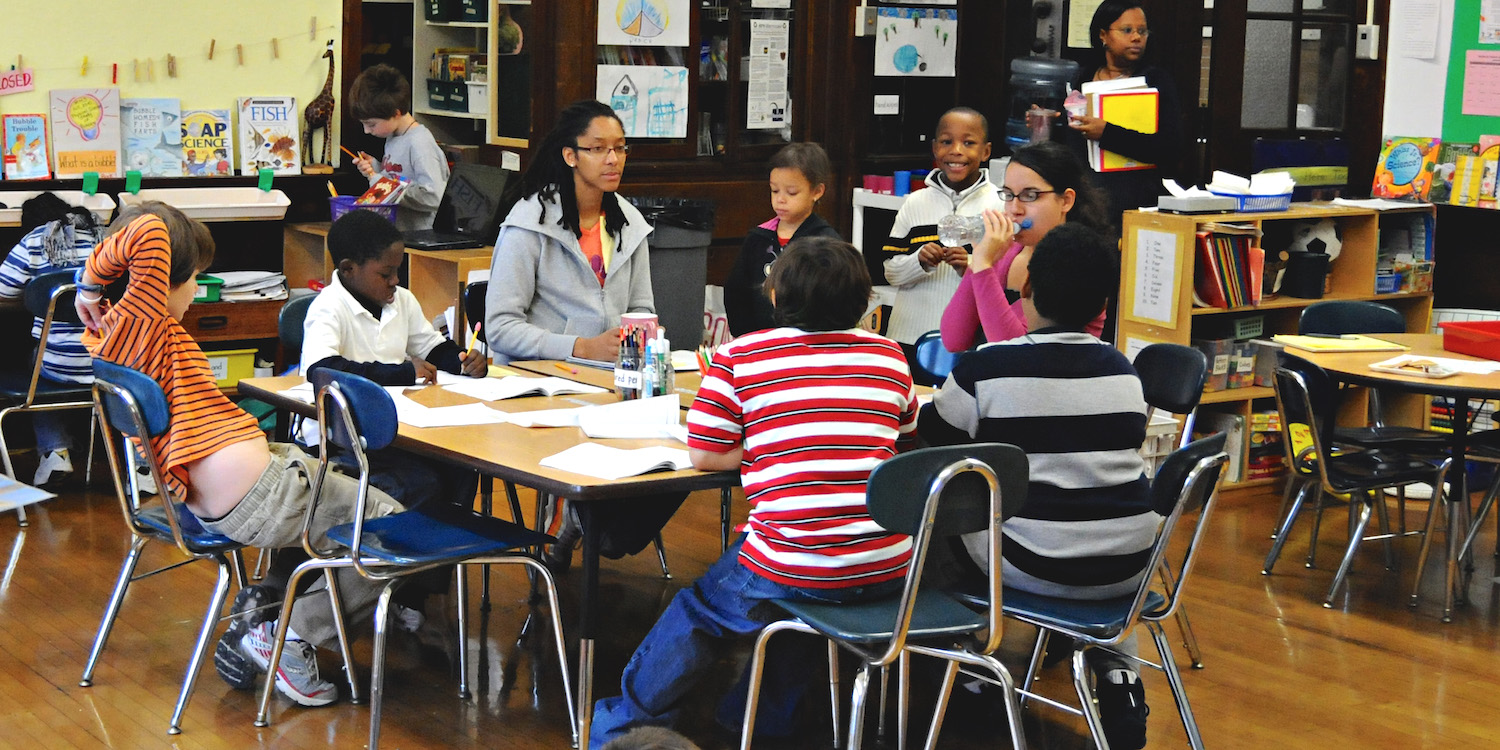
Education Evolving defines educational equity as each student having what they need to reach their full potential.
Our organization’s vision is that all students have opportunities for student-centered learning, which we characterize as learning designed to honor each student’s unique gifts and needs. When fully implemented, student-centered is thus by definition equitable learning.
In presenting this definition of equity, we recognize and acknowledge that significant disparities in educational opportunities and outcomes exist among students based on socioeconomic status, race, ethnicity, gender, learning differences, English language proficiency, sexual orientation, and geography, which result from a history of systemic inequities.
When fully implemented, student-centered is thus by definition equitable learning.
We also recognize, as individuals and as an organization, that an important step in the quest for equity is to better understand systems of inequity—and in particular, to understand ourselves, and our own identities and roles in these systems.
Practically speaking, our organization’s focus on advancing equity is on two levels:
- The What of Equity. We created our Principles of Student-Centered Learning, which guide all of our work, with a lens of equity. In other words, when crafting these principles we asked: what principles of a student learning experience, if present, would have the greatest positive impact on meeting the needs of all students, especially groups that have been historically underserved?
- The Where of Equity. We fundamentally believe in working with communities and not upon communities. We seek to add value as a partner, through our organization’s influence in state policy and access to broader networks. In deciding where we invest energy (namely, the schools, organizations, and communities with which we partner) we prioritize students who are currently not well served, in particular those groups who have historically experienced inequity.
